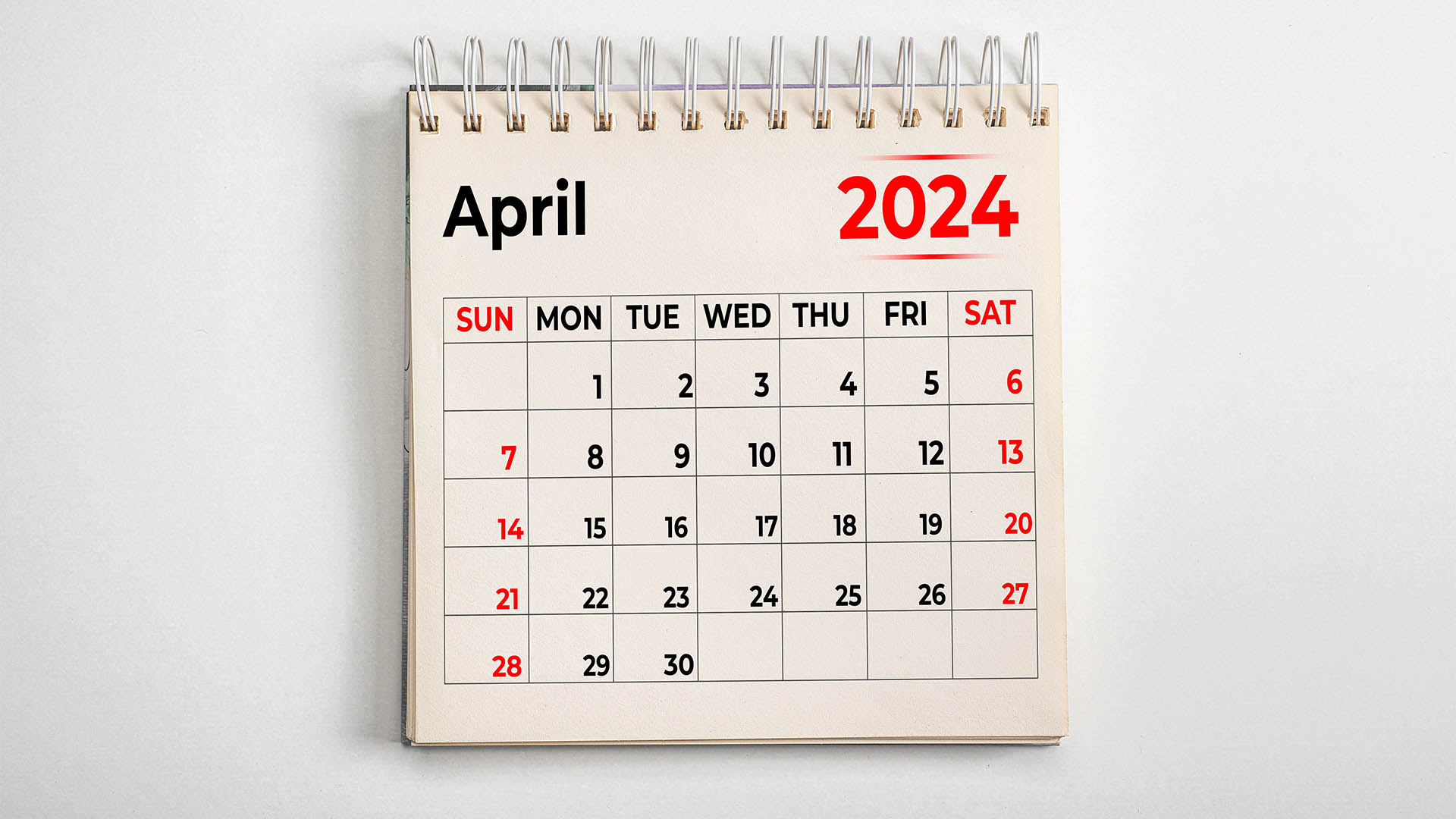Some saw the Reserve Bank’s decision to lift the cash rate by 0.25% as a ‘surprise’ – they shouldn’t because a rise of that size or even 0.40% was always on the cards and not the well-forecast half a per cent increase.
Investors, though, saw the attraction of the smaller increase and loved what was the 6th straight rate rise from the central bank, sending the ASX sharply higher on what was already one of the stronger sessions this year.
The smaller than forecast rise in the cash rate bolstered the stockmarket immediately after the 2.30pm release of the decision with the ASX 200 leaping 1% or 65 points to be ahead more than 225 points on an already very strong day of trading.
Investors went on with it in the final hour, pushing the index even higher to close at 6,699 for a gain of 3.75% on the day or 242 points.
In contrast, the Aussie dollar lost half a cent in value in a matter of minutes, falling from around 65.06 just before 2.30pm to 64.54 US cents before climbing back to 65 cents. The currency then faded back under 65 US cents to trade around 64.70 just before 5pm Sydney time.
It was the first time in quite a while that an RBA interest rate rise has had such a positive impact on share prices.
In opting for a rise of 0.25%, the central bank has clearly opted to ‘mark time’ while it assesses the impact of the 2.10% lift in rates up to September when the cash rate was lifted 0.50%.
The rise left the cash rate at 2.60%, a nine year high and within sight of the 3% end of year target some economists have suggested as a key target.
That could mean a rise of 0.40% in the November and December meetings of the bank before the two-month summer break.
Some economists saw it as a sign it is optimistic inflation will peak later this year and begin to ease in early 2023.
Australia’s headline inflation rate is forecast to peak at 7.8% in the December quarter before easing early next year.
It rose to 6.1% according to the quarterly Consumer Price Index but popped to a 7.1% rate in July according to the new monthly inflation indicator from the Australian Bureau of Statistics before easing to 6.8% in August (which was the rate in June in the unofficial preview of the new indicator).
Retail sales rose 0.6% in August after July’s strong 1.3% rise (much of the increase though is due to higher prices).
Unemployment is around 3.5% and although there was a 10,000 fall in job vacancies in the three months to August, the total number of jobs to be filled remains at the second highest level and again almost matched the number of people unemployed in the same month – a sign of the underlying strength of the labour market.
And housing finance data showed a drop in new home loans for the third month in a row as the rate rises bite into demand (and house prices – see separate story).
In his post meeting statement, Reserve Bank Governor Philip Lowe said such rate rises are needed to curb the fastest rate of inflation in more than 30-years.
“As is the case in most countries, inflation in Australia is too high,” he said. “Global factors explain much of this high inflation, but strong domestic demand relative to the ability of the economy to meet that demand is also playing a role.”
“The expected moderation in inflation next year reflects the ongoing resolution of global supply-side problems, recent declines in some commodity prices and the impact of rising interest rates,” Dr Lowe said on Tuesday.
“Medium-term inflation expectations remain well anchored, and it is important that this remains the case.”
And despite a couple of suggestions the bank could be close to ending its rises, the final paragraph of Tuesday’s statement makes clear there are more increases to come until inflation starts retreating.
“The Board expects to increase interest rates further over the period ahead. It is closely monitoring the global economy, household spending and wage and price-setting behaviour.
“The size and timing of future interest rate increases will continue to be determined by the incoming data and the Board’s assessment of the outlook for inflation and the labour market.
“The Board remains resolute in its determination to return inflation to target and will do what is necessary to achieve that.”
AMP Chief Economist, Shane Oliver, who had argued for a smaller rate rise than the much forecast 0.50% lift wrote late Tuesday in a note that:
“The RBA sensibly dropped back to a 0.25% hike this month taking the cash rate to 2.6%. It’s still signalling more hikes ahead though.”
“Slowing the pace of rate hikes makes sense: the RBA needs to allow time to assess the impact of rate hikes so far given that they impact with a lag; many households will see a sharp rise in mortgage payments which will depress spending through next year; global inflationary pressures are easing; inflation pressures are less in Australia than elsewhere; and there is now a high risk of global recession which will impact Australia,” he pointed out.
Late Tuesday afternoon the National Australia Bank lifted its key mortgage rate 0.25% and will be followed by other lenders soon enough.













